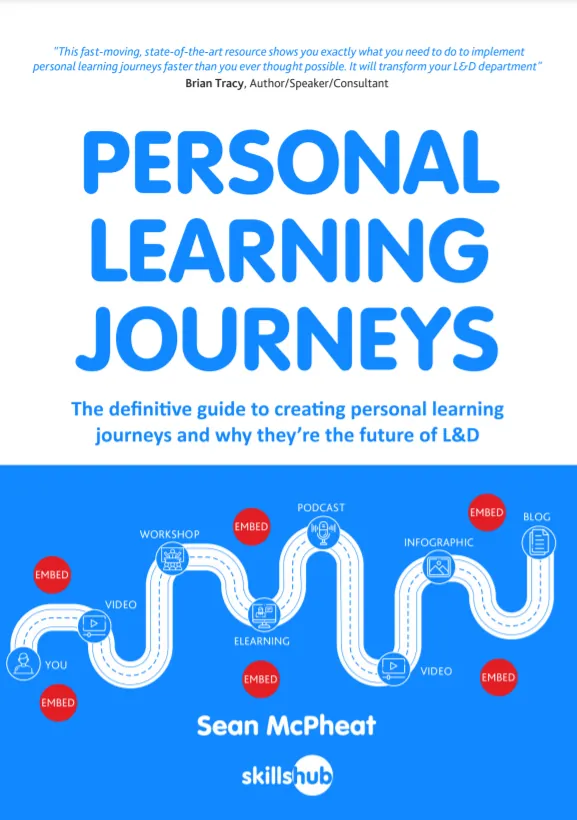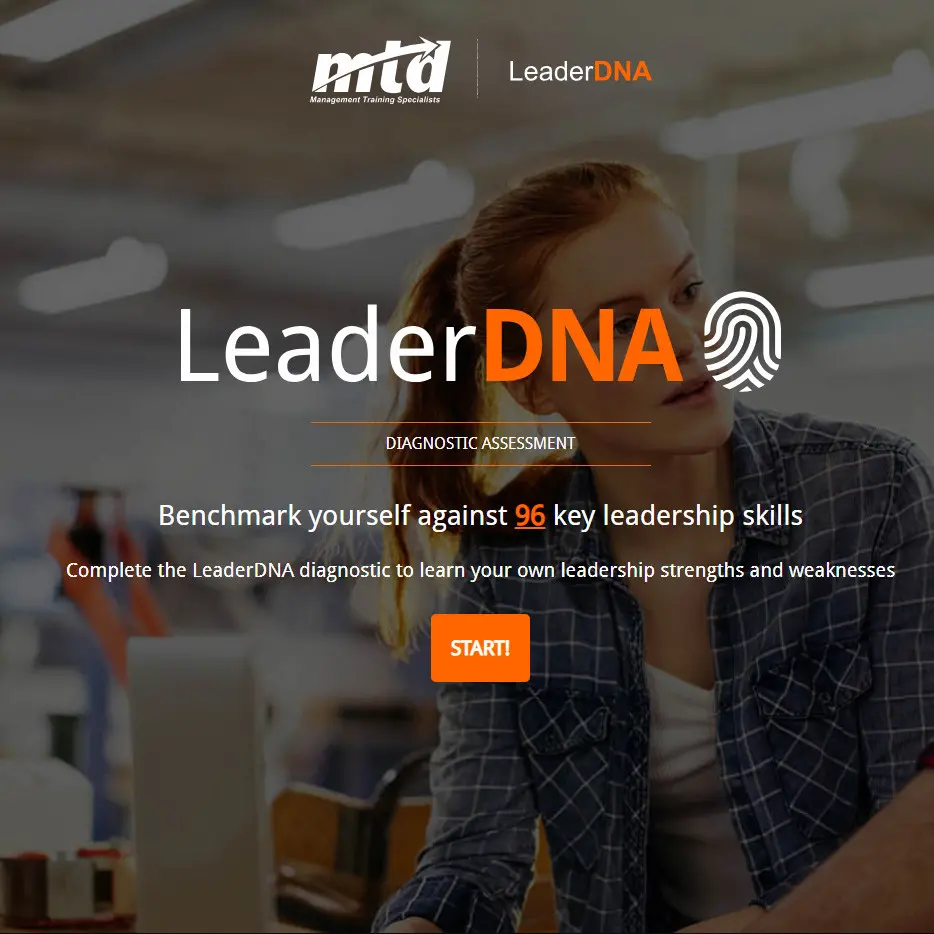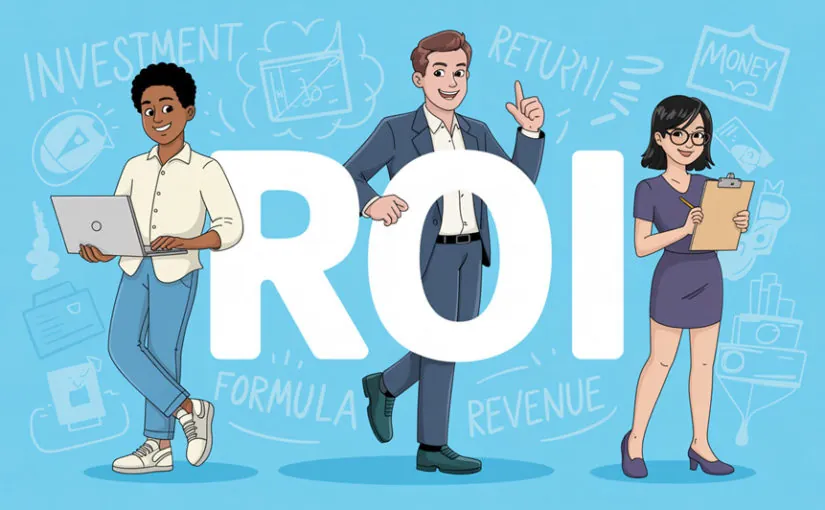
Skillshub contains hundreds of elearning content sessions.
But how did we know which sessions to create?
Yes, we collated all of the training needs analysis that we’ve conducted for our clients over the years and created a hit list of topics and subjects.
After all, we want to make sure content is relevant!
Same goes for the management and leadership training that you’re running for your staff.
Any programmes or courses that you offer need to be focused on the areas that your managers need.
One way to do this is to take your job descriptions and strip out the competency statements and/or desired skills and create a list to measure your managers against.
Hence, you’d be creating a training needs analysis questionnaire for your managers and their own line manager to complete on them.
I covered a simple training needs analysis template in excel in an earlier blog that you can use.
But what if you have no statements to populate the template with?
Well, fear not as I have 3 SOLUTIONS for you!
Solution 1 – FREE Leadership TNA Tool
Below is a link to a FREE Leadership Diagnostic Benchmarking Assessment
It’s called LeaderDNA and covers 12 leadership competencies through 96 specific skills.
Each manager receives a personalised 25 page report at the end of it.
Click on the LeaderDNA image below:
Solution 2 – 55 Statements You Can Use
Below are 55 statements that you can use for your TNA.
Modify them, add to them, take some out or use them “as is”
The idea is that the manager gives themselves a score out of 5 or 10. Their own line manager does the same thing so they get an average score for each statement.
The PDF download is below or you can just scrape the questions from the page.
The questions are generic but will give you a good foundation to work from.
Training Needs Analysis Questionnaire For Managers
Managing/Leading
1) Is viewed as a “leader” rather than “one of the team”
2) Provides clear direction to others
3) Delegates well
4) Ensures that work is fairly allocated across the team
5) Supports others to achieve their objectives
6) Motivates people to do the best they can
7) Develops productive working relationship with others
8) Monitors the progress of work
9) Effectively deals with performance issues
10) Motivates people to do the best they can
11) Provide regular constructive performance feedback to others
Personal Effectiveness
1) Demonstrates the knowledge and understanding needed to do the job
2) Regularly reviews own performance against their objectives
3) Takes personal responsibility for making things happen
4) Makes the best use of available resources
5) Manages their time well
Communication
1) Tailors communication in terms of both message and delivery to the audience
2) Has open lines of communication throughout their team
3) Has processes in place to identify their staff’s needs
4) Actually provides their staff with the information that they need
5) Makes complex things simple for the benefit of others
6) Keeps people up to date with information
7) Show sensitivity to their team’s needs and interests and manages them effectively
8) Presents information clearly, concisely, accurately and in ways that promote understanding
9) Show empathy with others’ needs, feelings and motivations and takes an active interest in their concerns

Learn How To Create Personal Learning Journeys For FREE!
People Development
1) Believes in developing their people
2) Seeks ways in which to develop their people
3) Creates a working environment that encourages continuous learning
4) Works with others to identify their development needs
5) Supports the development of others
6) Supports others to take responsibility for their own development
Effective Meetings
1) Prepares well for meetings
2) Leads effective meetings
3) Ensures time in meetings is well spent
4) Makes a valuable contribution to meetings
5) Builds on the contributions of others
Decision Making
1) Is not scared to make a decision
2) Is someone to go to when a decision needs to be made
3) Takes tough decisions in absence of complete data
4) Makes unpopular decisions when necessary
5) Makes sound decisions
6) Communicates the reasons why behind decisions
7) Weighs up the pros and cons before making a decision
Customer Focus
1) Understands the needs and expectations of their customers
2) Puts the customer at the forefront of their teams goals and activities
3) Looks for ways to improve customer service
4) Takes action to improve customer service before complaints arise
5) Treats complaints as opportunities to improve service
6) Attempts to resolve customer complaints and problems immediately whenever possible
Continuous Improvement
1) Ensures others produce high quality work
2) Promotes a drive for quality within their area
3) Is supportive of organisational change in relation to customer service improvements
4) Creates a team environment that encourages innovative thinking
5) Looks for better ways of doing things (improving processes, systems, products etc)
6) Supports others to implement improvement ideas
Solution 3 – Run Automated Training Needs Analysis
This isn’t a list of questions but instead it’s a TNA tool (Feedo) that you can load all of your management statements into, press a button and it will run a training needs analysis for you.
Ready to level up your L&D strategy with the help of an eLearning company? Get in touch with us today!
It creates comprehensive reports on the training that is required for your managers and where the gaps are.
Click below to find out more:


 Skillshub contains hundreds of
Skillshub contains hundreds of 












